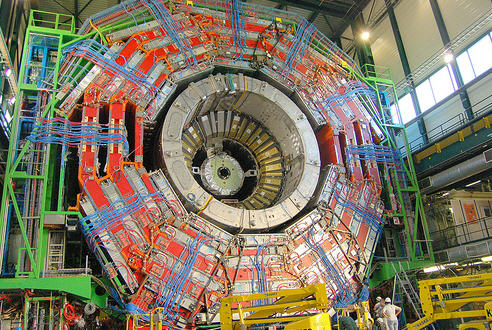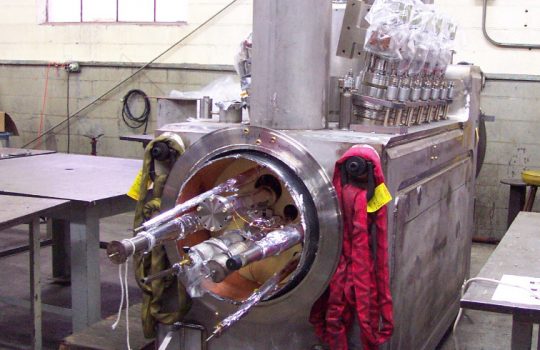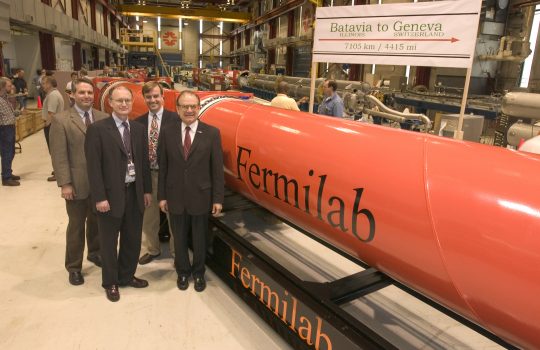Fermilab contributions help CMS magnet reach full field at CERN
Scientists of the U.S. Department of Energy/Office of Science’s Fermi National Accelerator Laboratory and collaborators of the US/CMS project have joined colleagues from around the world in announcing that the world’s largest superconducting solenoid magnet has reached full field strength in tests at CERN, the European Particle Physics Laboratory.



